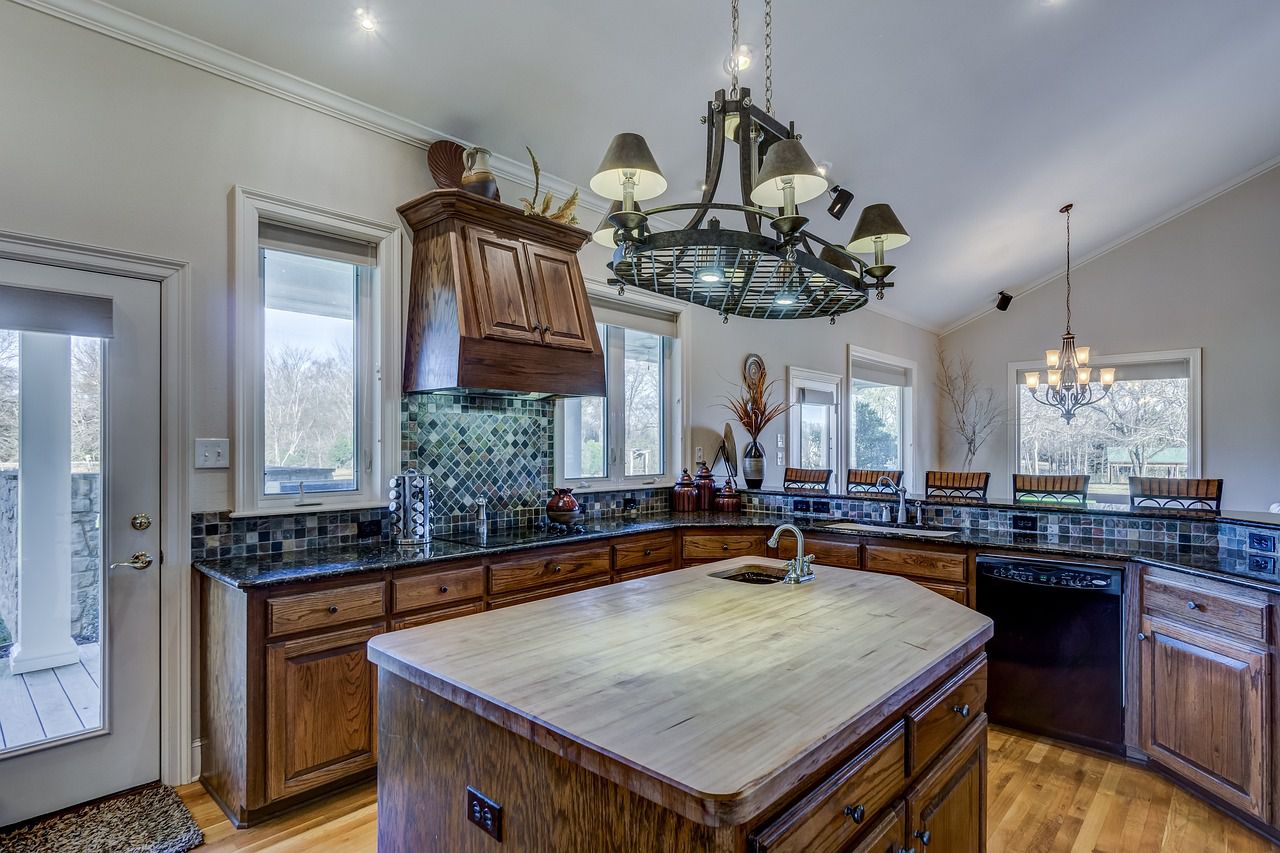The comfort level of a house layout can vary greatly depending on personal preferences and individual needs.
However, there are certain characteristics that may contribute to a house layout being generally considered less comfortable.
Here are a few examples.
Poor flow and functionality
A house layout that lacks a logical flow and efficient functionality can be uncomfortable.
This could include awkward room placements, narrow hallways, or rooms that are difficult to access or navigate.

A layout that hinders easy movement and practical use of space can create discomfort and frustration.
Inadequate privacy
A house layout that compromises privacy can contribute to discomfort.
For example, bedrooms located directly off common areas, lack of sound insulation between rooms, or windows that face neighboring properties without appropriate coverings can all affect privacy levels and make inhabitants feel uncomfortable.
Limited storage and clutter-prone spaces
Insufficient storage solutions and clutter-prone areas can lead to a feeling of disorganization and discomfort.
Lack of proper storage spaces for belongings can result in a visually cluttered environment, making it challenging to maintain a sense of order and relaxation.
Unbalanced room sizes and proportions
Rooms that are disproportionately sized or lack adequate proportions can create an uncomfortable living experience.
Excessively large or small rooms may be difficult to furnish or utilize effectively, leading to a sense of imbalance and unease.









